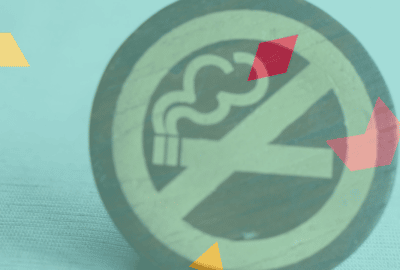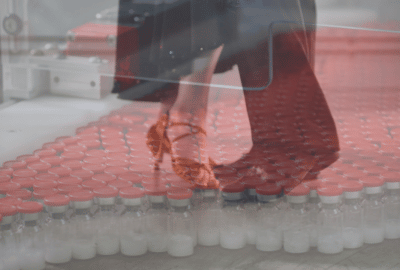How do unborn babies and mothers communicate via the placenta?
Thursday 7th Nov 2019, 12.30pm
The placenta is a fascinating organ, which allows communication between mother and foetus through the release of bubble-like vesicles. Could the messages within these vesicles provide an early warning of diseases such as gestational diabetes and preeclampsia? Scientists at the University of Oxford are finding out.
Why is the placenta special?
The human placenta is a fascinating organ – it genetically belongs to the developing foetus, but it is not rejected by the mother. It is also a transient human organ, meaning it grows in the body, and then leaves it. We have all been attached to one at some point, but what did our placenta actually do for us?
The placenta’s main role is to transfer nutrients and oxygen from the mother to the foetus, and to remove waste from the foetus. The placenta consists of thousands of chorionic villi which are directly bathed in the mother’s blood. It is across these chorionic villi that the exchange of nutrients and oxygen occurs. These chorionic villi also mediate biochemical communication between the mother and the foetus by releasing small, bubble-like structures called extracellular vesicles into maternal blood. These vesicles are released from early pregnancy all the way to the end of pregnancy in gradually increasing amounts. By the end of pregnancy, it is believed that three grams of material is shed into the mother’s circulation every 24 hours. These vesicles carry a variety of proteins, lipids, and nucleic acids which we know represent a way for the feto-placental unit to communicate with the mother.
We can think of those vesicles as envelopes carrying an important message inside. Similar to an envelope, on the vesicle’s surface there is an ‘address’ that makes sure the message is directed to the correct site.
What are we researching?
Our research focuses on how the messages inside these vesicles affect the health of both mother and baby during pregnancy. Pregnancy is generally a time of great happiness and expectation, yet a significant number of pregnancies are affected by diseases such as gestational diabetes (high blood sugar caused by pregnancy) and preeclampsia (high blood pressure caused by pregnancy). These diseases cause short- and long-term problems for both mother and child. It is clear that the placenta is driving these diseases since immediately after delivery their symptoms disappear, and the diseases improve.
We want to understand where those packages are delivered, read the message inside, and see if there are differences between the messages sent in normal pregnancies and those that are suffering with disease. This will potentially help us develop more effective tools to diagnose and treat pregnancy-related diseases in future.





